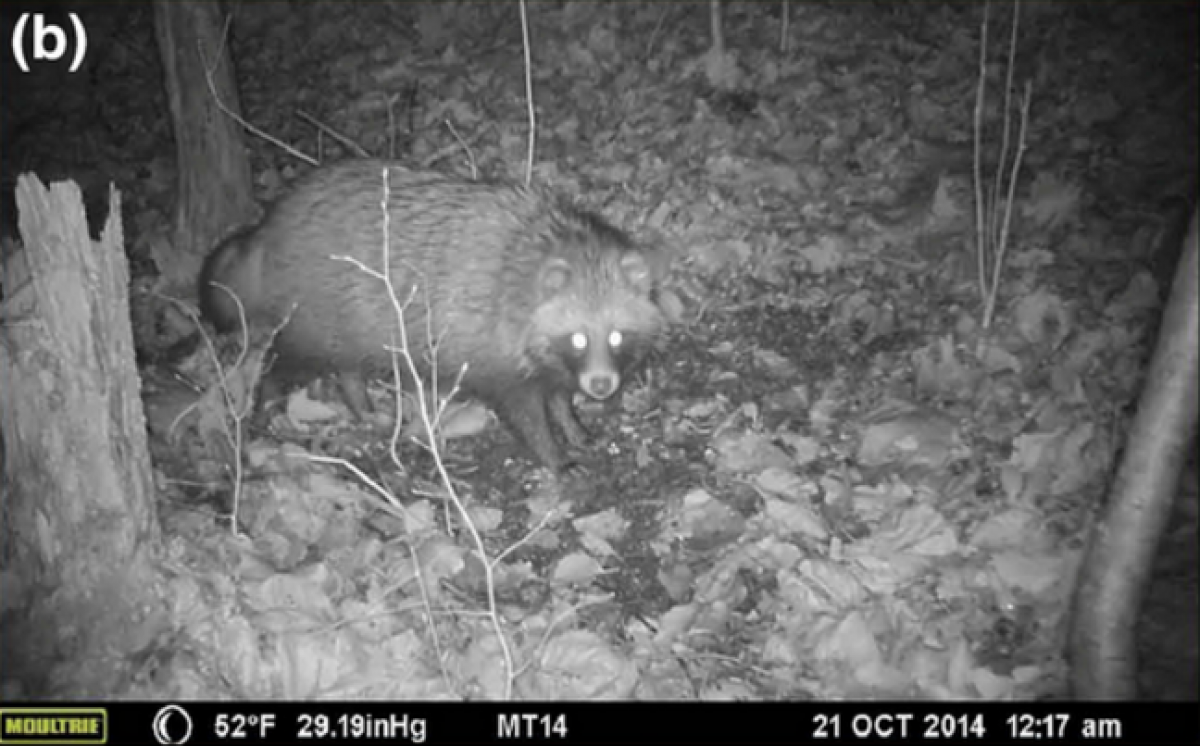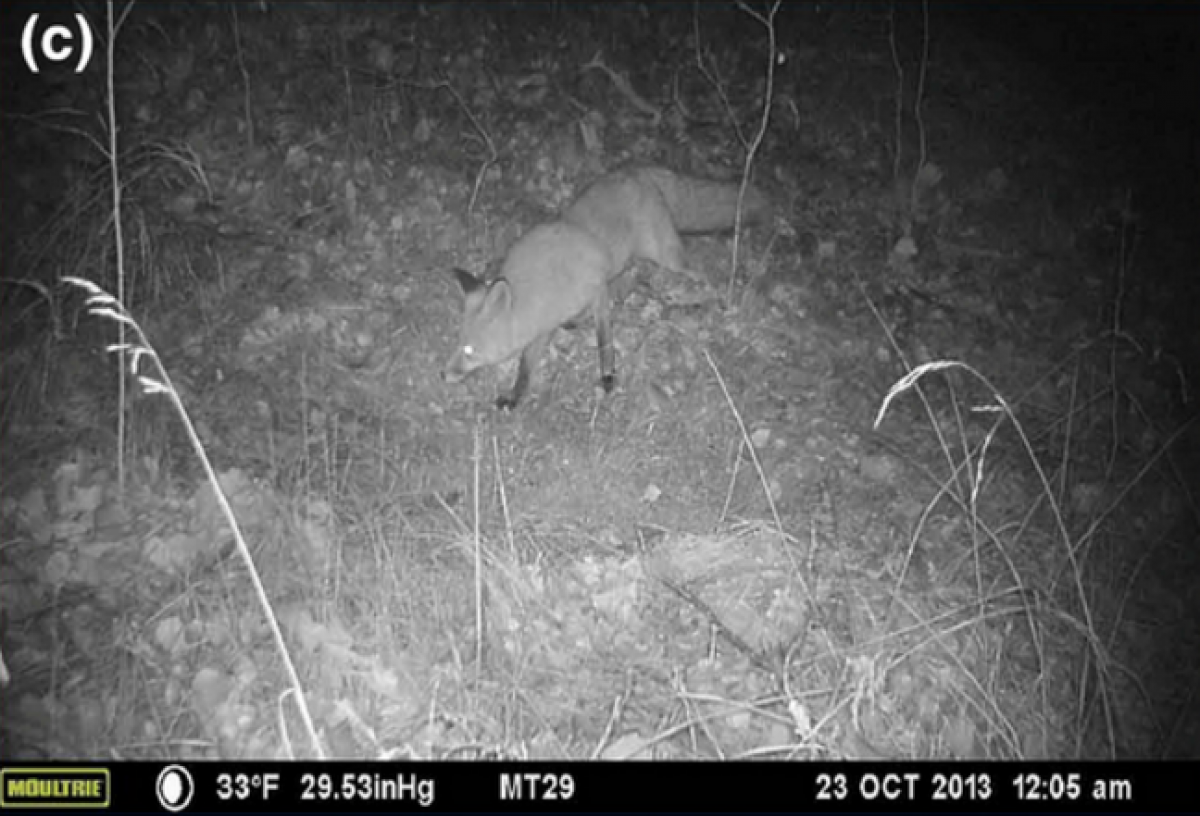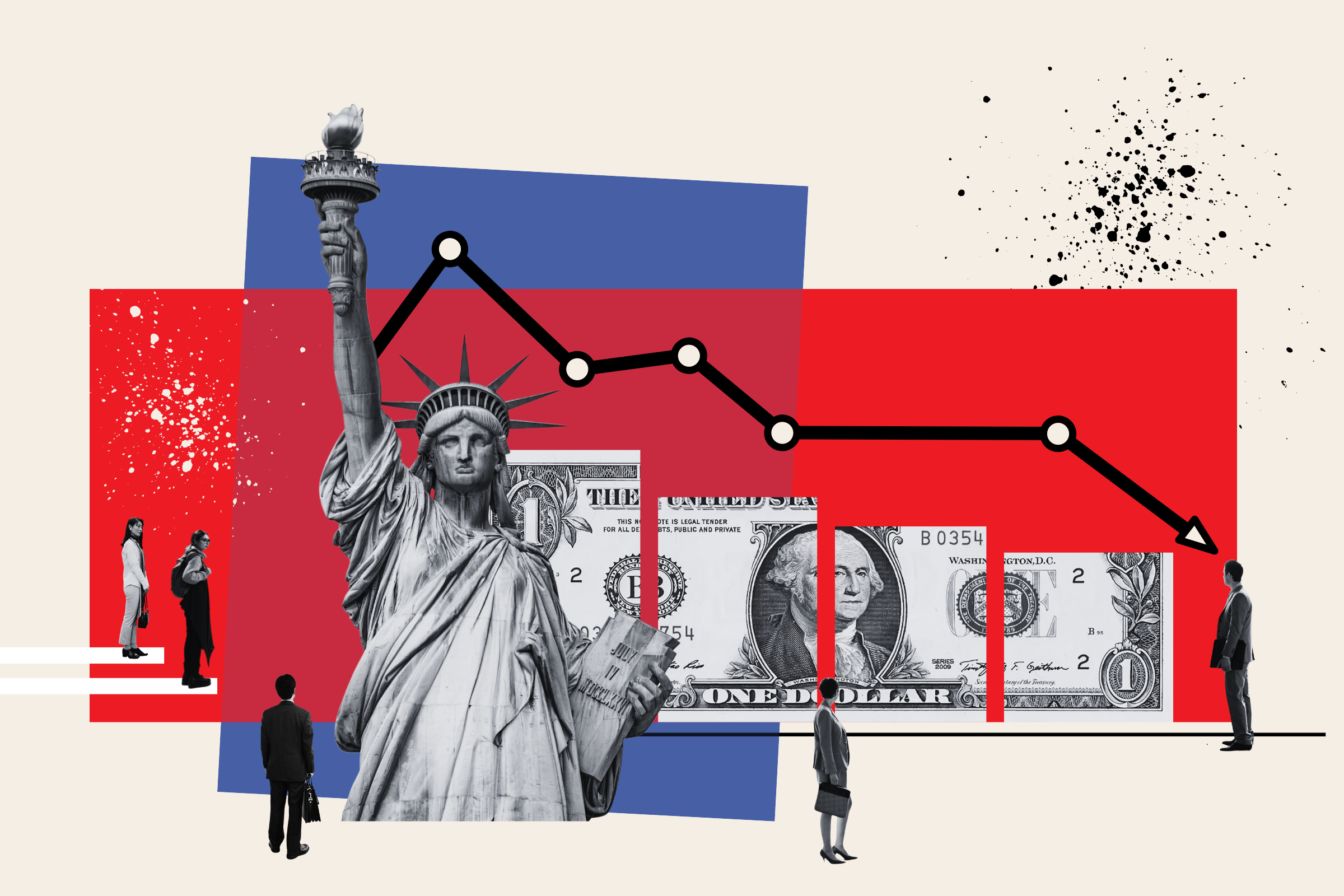
More than 100,000 people were permanently evacuated from lands surrounding the Chernobyl Nuclear Power plant after a power surge that led to an explosion and fire there in 1986 spewed radioactive material throughout Belarus, Russia and Ukraine. But nobody told the animals to leave. Now, they are growing strong in number.
As shown in a study published September in the journal Current Biology—reported on by Newsweek—there appeared to be large populations of mammals like elk, deer, wild boar and wolves in contaminated areas surrounding Chernobyl. That paper found no correlation between the number of wildlife tracks in an area and the amount of radiation, suggesting the animals weren't as heavily affected as previously thought by the hazardous materials left behind from the accident 30 years ago.
A new paper published April 18 in the journal Frontiers in Ecology and the Environment has come to the same conclusion. But this time, the researchers used camera traps to more carefully model populations of the animals—and to get some nice photographs. Their results suggest the distributions of gray wolf, red fox, raccoon dog and Eurasian boar—all of which were spotted in abundance—are not limited by the presence of contamination.

The researchers also captured pictures of 10 other mammals, including weasels, badgers, moose and pine martens.
However, the paper didn't measure individual health of individual animals, and some research suggests that exposure to radiation in Chernobyl reduces fertility rates for some animals, like various bird species. But others species seem to be doing just fine.



Uncommon Knowledge
Newsweek is committed to challenging conventional wisdom and finding connections in the search for common ground.
Newsweek is committed to challenging conventional wisdom and finding connections in the search for common ground.
About the writer
Douglas Main is a journalist who lives in New York City and whose writing has appeared in the New York ... Read more
To read how Newsweek uses AI as a newsroom tool, Click here.






